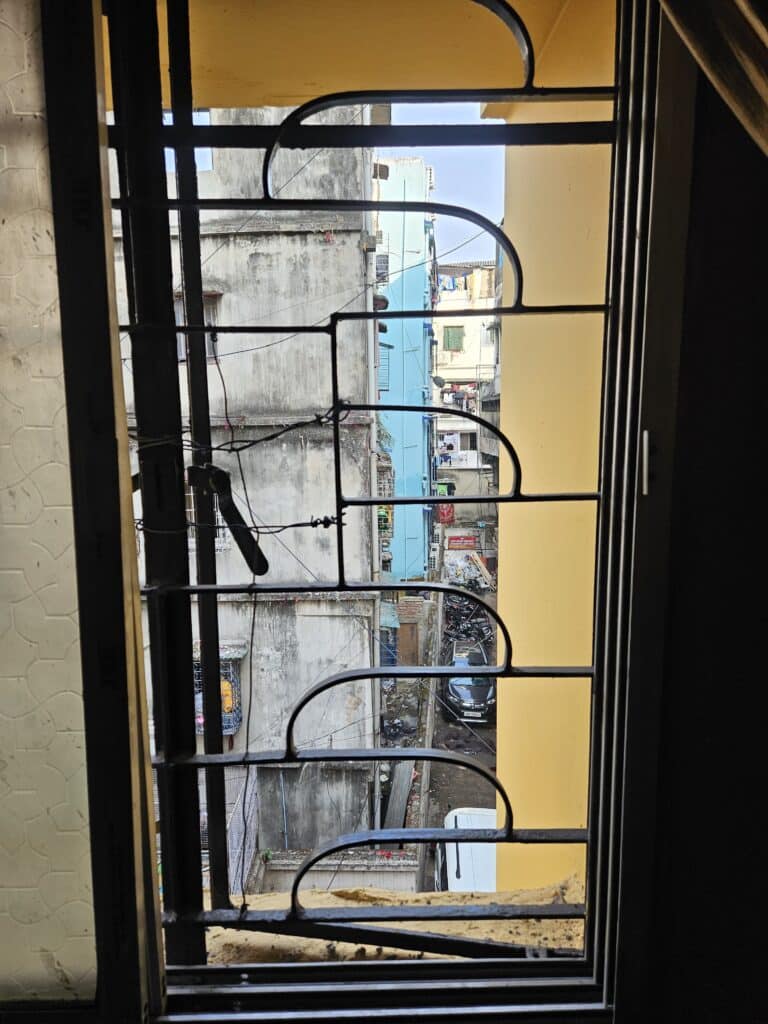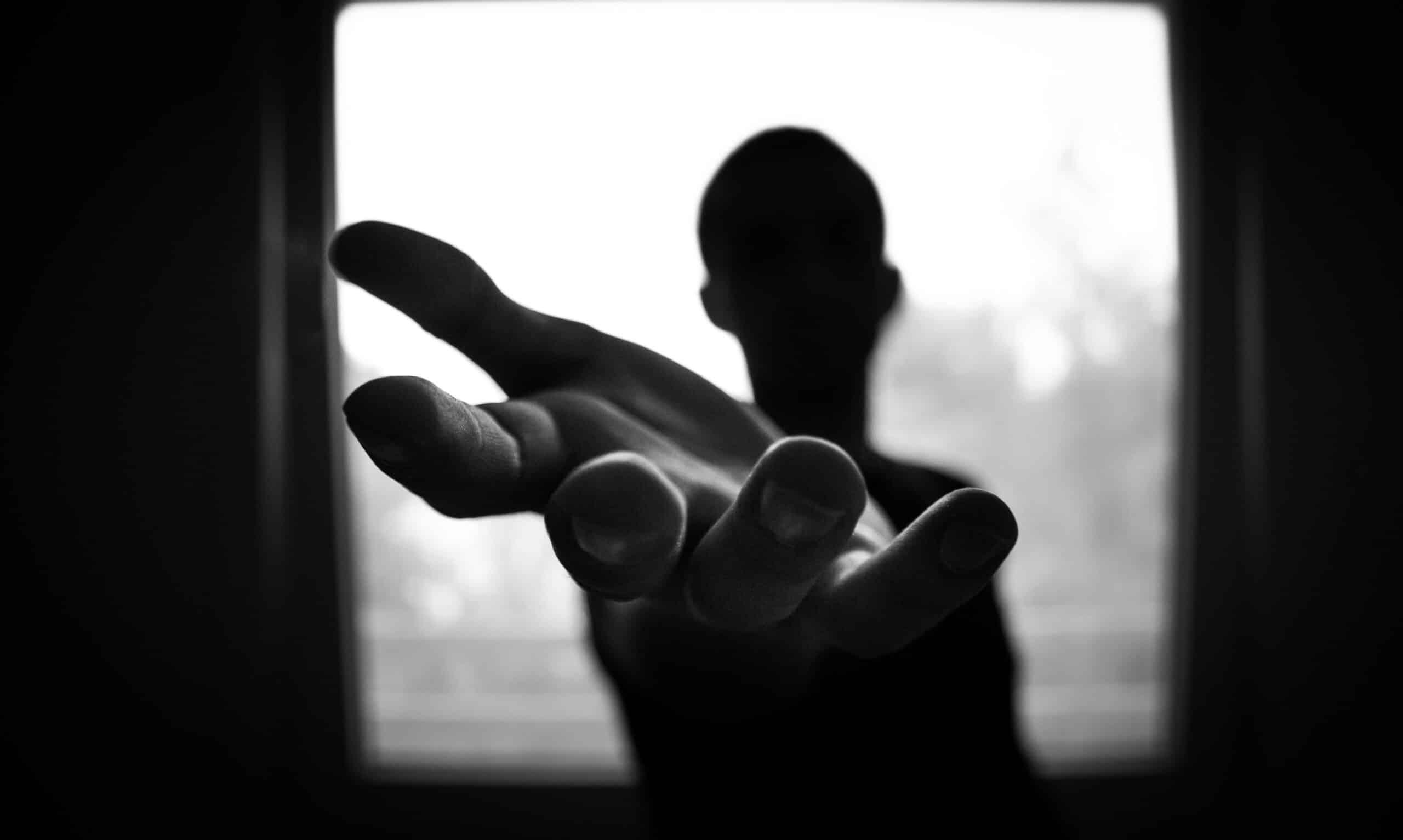Visualise your daughter, or your son, your granddaughter or grandson, your niece or nephew. Aged twelve. Smart, full of energy, love and hope. Now imagine they are living with the consequences of deafness, and that you only have modest means. Very modest means. Just consider the challenges they face. What would you do?
Children living with deafness and hearing impairment are 4 times more likely to suffer abuse than hearing children. One of the main reasons children living with deafness are so at risk, is that their specific communication needs are not addressed, especially sign language. This ultimately denies them access to education. It prevents them from being able to disclose harm and abuse. And it also means the ways in which they can maximise their own safety are not adequately communicated to them. This makes deafness a language problem, a communication challenge, rather than a disability. And society is not nearly enough concerned about it.
Redefining what it means to ‘listen’
Here in India, where I’m visiting some of our programmes, Ishaan*, 12, has very strong opinions on this.
“Everyone should learn how to sign …. it’s not my problem if they can’t, it’s their responsibility.”
I’ve just spent the day with Ishaan and some of his remarkable friends. They are all pushing back and demanding that society changes and adapts to include them, rather than them having to fight for their rights to protection, and their rights be able to participate in decisions which affect them. Because they are the experts on their own childhoods.
Over 1 million children at risk in West Bengal
Children living with the consequences of deafness are often not diagnosed until much later in their life, and so remain excluded and suffer the cruelty of stigma. The likelihood of being trafficked into the sex industry if you’re a girl, or into labour if you’re a boy, are much higher if you are deaf. Too often, the solution becomes part of the problem. If your parents have limited education and limited means, then the chances are high that you might be separated from them and taken into an orphanage.
And there, the process of institutionalisation will likely lead to further abuse, certainly neglect, and inflict lifelong consequences.
In fact, the traffickers are actively infiltrating orphanages, coercing children into them, then asking those children to send photos of friends. The traffickers use those photos to select and target other children, getting the children they’ve placed in the orphanages to persuade the targets to run away, into grievous exploitation.

There are only 200 certified India Sign language (ISL) interpreters registered here in West Bengal – a State that has a population of over 100 million people. Of that 100 million, approximately 2 million are deaf or hearing impaired, and more than half of them are children like Ishaan.
Working towards a better future
But it doesn’t have to be this way. Hope and Homes for Children has been working with our wonderful partner organisation, Children In Need Institute (CINI), since 2016. CINI has its own interpreters, offering frontline health and education services.
The World Health Organisation estimates that 60% of deafness is preventable. So if CINI can, through their health programmes,
- get on top of diseases like meningitis, which are key causes of deafness among children,
- and nail early diagnosis so that early interventions can mitigate the risks associated with deafness in early childhood,
then we could massively reduce the scale of the need.
And imagine if, through their education programmes, we could build the infrastructure and capability to make ISL as much a local language – used in homes and schools – just as Hindi or Bengali are. Hundreds of thousands of children would never know the trauma of being separated from their families and institutionalised or trafficked.
Realising every child’s potential
Because here’s the sweet spot: children living with the consequences of deafness can achieve the same educational outcomes as hearing children, if they have the right support. That means they can go on to college or university. It means they are more likely to find employment, and it certainly boosts their earning potential. It shifts the dial from dependency, isolation and exclusion, toward inclusion, socialisation and self-determination. These children will be happier and more productive, and the system would be less costly in the long run. Again, the World Health Organisation is clear:
- An annual additional investment of less than US$ 1.40 per person is needed to scale up ear and hearing care services globally.
- Over a 10-year period, this promises a return of nearly US$ 16 for every US dollar invested.1
Children living with deafness should be enabled to communicate in their language of choice. Everyone benefits. This really is our responsibility. Not theirs. So if you can, please do donate to support the work of CINI and Hope and Homes for Children. You would be helping to transform the lives and futures of many, many children.
[1] https://www.who.int/news-room/fact-sheets/detail/deafness-and-hearing-loss
*Names changed to protect identity
